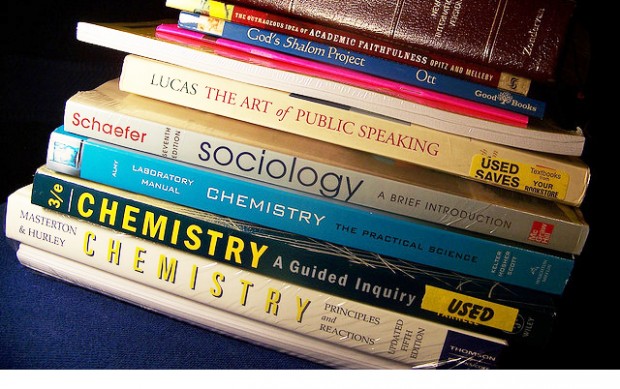Here's the table of contents:
----------------------------------------------------
1.
Commentary
on the Creative Classroom Experience: p. 9
2.
“Welcome
to the Creative Classroom”: p. 12
3.
Ground
Rules and Principles of the Creative Classroom: p. 17
4.
The
Creative Classroom Mandate: p. 21
5.
Grammar
– Fundamentals of Reading and Writing: p. 25
6.
“Use
to/Used to”: p. 27
7.
English
is a crazy thing: p. 29
8.
Lay or
Lie?: p. 35
9.
Numb
about Numbers?: p. 37
10. Homophones, homonyms, Synonyms, and Antonyms:
p. 38
11. The Perilous Points of Punctuation: p. 41
12. Conjunction Junction, what’s your
function?: p. 44
13. Underlining and italics:
p. 46
14. Apostrophe marks show ownership: that’s
mine!: p. 48
15. That’s a Capital idea!: p. 51
16. Quickly qualify quotes!: p. 53
17. Clever, Crafty, Creative, and Calculating
Commas: p. 55
18. Writing is a good thing!: p. 59
19. Oh, no, it’s ‘the dreaded Outline’!: p. 62
20. THINK and brainstorm out your ideas!: p. 66
21. “A Thesis is a powerful statement,” I declared: p. 70
22. Who-What-Where-When-Why-How for a Thesis:
p. 74
23. Classic social archetypes (role models)
for a Thesis: p. 77
24. Four Motivating Factors of Society in
Literature: p. 79
25. The Creative Classroom Part II: a focus on
literature and short stories and writing: p. 86
26. Fluid Learning concepts for extrapolation
and juxtaposing ideas: p. 87
27. “What do you do well and how did you learn
this?”: p. 89
28. Topic Sentences are paragraph starters
(and cues): p. 93
29. Planning a Successful Tent Camping Trip:
p. 99
30. Learn to be a student: take notes and be
responsible: p. 102
31. Use transition words like a ladder for
successful writing: p. 106
32. Read good literature to develop critical
thinking: p. 111
33. “The Jungle” – a lesson in critical
thinking: p. 113
34. Using myth as a theme for a paper: p. 116
35. Odysseus: the man and the myth: p. 117
36. A myth: “A Modern Woman for the 21st
Century”: p. 123
37. Go to college and find yourself a career
and life: p. 131
38. Haven’t I seen you somewhere before?
Aren’t you famous?: p. 134
39. Bird Facts: p. 137
40. The Renaissance – an outline for 8th
grade: p. 140
41. Let’s Meet the Renaissance: p. 148
42. The Renaissance Guild Assignments: p. 151
43. “I’m (not) Afraid of Public Speaking: p. 171
44. Poetry for Fun and Learning: p. 174
45. MLA & APA – how to cite information: p. 179
46. MLA & APA (and more) citation lessons: p. 182
47. Even MORE Citation help for MLA/APA: p. 185
48. Signal/Action Verbs show how an idea is
presented: p. 188
49. Sources for potential reading: science
fiction, humor, fiction and more: p. 192
50. “They Bite” by Anthony Boucher: p. 194
51. “The Veldt” by Ray Bradbury: p. 217
52. “Jim Wolf and the Wasps” by Mark Twain: p.
250
53. “Not Wasting a Watermelon” by Mark Twain:
p. 255
54. Great Builder: the Lady and the Brooklyn
Bridge: p. 260
55. “Manna From Heaven” – A one-act play: p. 273
56. About the Author: p. 296

